Academy curriculum junior high school language courses textbooks
by sendaiben
leave a comment
Textbook 1b and 2b
One Step Closer
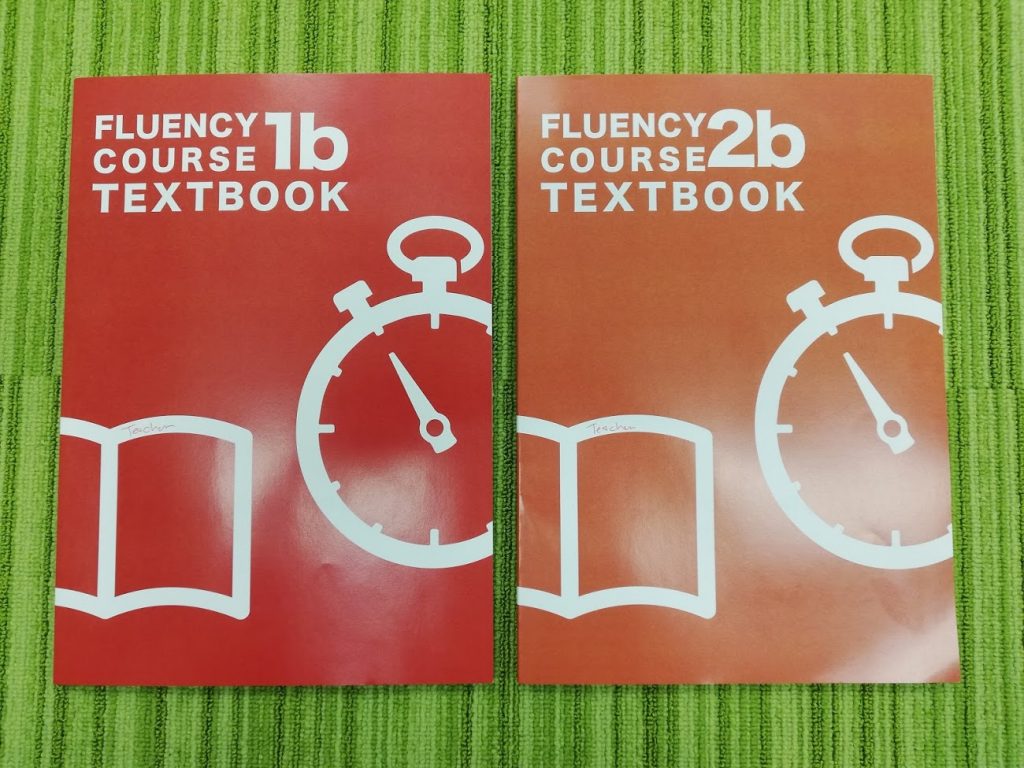
Just got the prototypes back from the printer. A few small typos, but good enough for now!
Academy curriculum junior high school language courses textbooks
by sendaiben
2 comments
Fluency Course Evolution IV
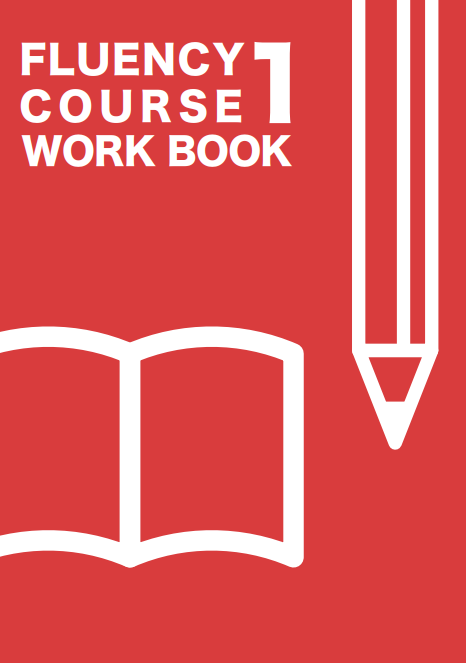
A huge hurdle, removed
The fluency course is chugging along, slowly getting closer to being a product we can sell.
I’m hoping to be able to offer preorders for next March/April soon in the new year. Stay tuned for more information.
We’ve had one enormous breakthrough, thanks in part to the pandemic. When we first created our course we put the questions on index cards. This had the advantage of being tactile, of allowing students to shuffle the question order, and of allowing students to share one set between them (so they have different questions to ask and answer).
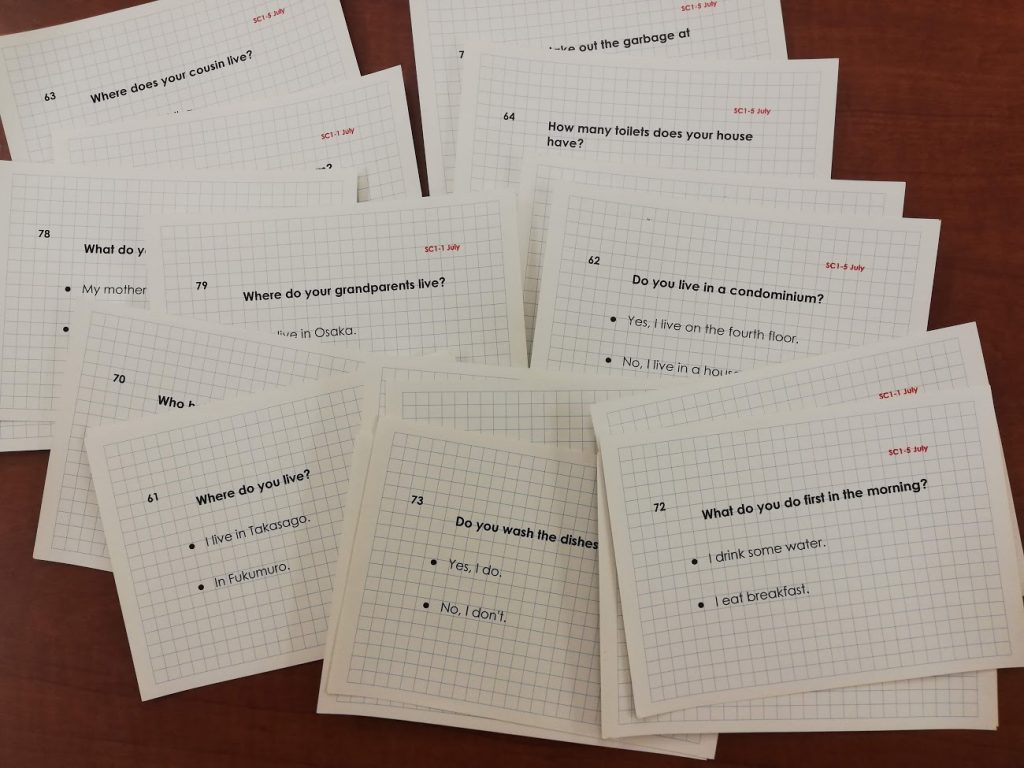
This was fine for us, as we could print our own sets and they would last for a few years.
However, printing them for other people turned out to be almost impossible. I wasn’t able to find a commercial solution to printing 240 unique index cards for a reasonable amount of money. Printing them myself would have been hugely time-consuming just to sell them at cost (for the blank index cards and ink cost).
Fortunately(?), the pandemic meant that we didn’t really want students sharing our class sets of cards, so we stopped using them. Eventually we found a solution that a) solved the printing problem, b) solved the sharing problem, and c) actually turned out to be an improvement!
Instead of using the sets (we needed one set for every two students in the class) we created an A3 handout with the questions and answers on one side, space on the back to personalise answers, and a QR code link to a video. The video runs through the questions and answers and allows students to practice outside of class if they want/need to.

We’ve been using the question sheets for three months now (we added the QR code/video after the first month) and they’ve been working very well. In a way I like them better than the index cards, and they will make it much easier for people with larger classes to use our materials (instead of buying/printing/storing hundreds of sets of cards they just need to print one A3 sheet per student per month).
In the next update I should be able to show you our professionally printed textbooks. I can’t believe we are almost there. We started creating these materials in 2016!
Fluency Course Evolution III
Things are getting real
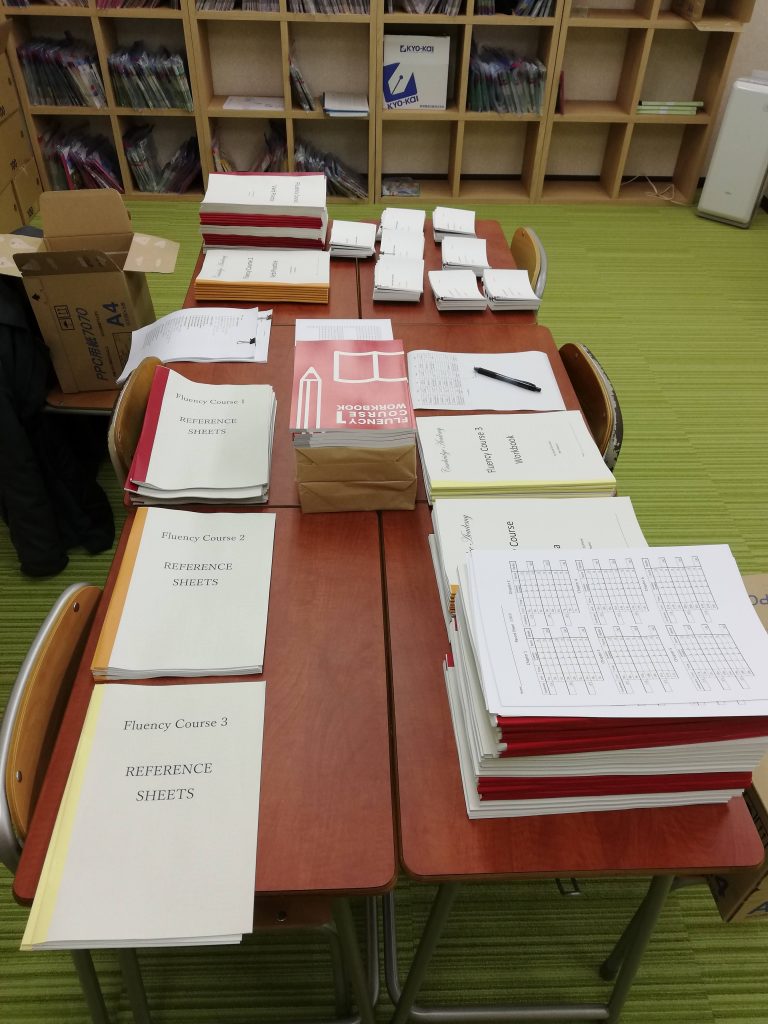
We sent out our first shipment of materials yesterday, to one of our test schools 🙂
A huge milestone. Getting ready to do that resulted in even more changes to the course, so it now looks something like this:
Fluency Course 1
(paid components)
Texts 1a
Texts 1b
Activities 1a
Activities 1b
Workbook 1
Question Cards 1
(free components)
Record sheets (student)
Answer keys (teacher)
Answer keys (student)
Quizlet sets
There are basically 3 main strands to the course, allowing teachers and schools to pick and choose which components they want to use. Of course, using all the components will reinforce things and provide students with effective input and practice, but the option to use only one or two of the strands is also there.
The texts. Each of the text books contains 60 texts with comprehension questions, so they could be used to supplement an existing course.
The activities. These are vocab tests (based on the texts and the Quizlet sets) and dialogues. They mainly supplement the texts.
The workbook and question cards. These provide speaking and writing practice using 240 questions. They could be used to easily provide more speaking practice in an existing class.
At this rate it looks like we’ll be able to provide (discounted) samples by the end of the year and start selling for April 2021. Exciting stuff!
Fluency Course Evolution II
This thing is evolving fast!
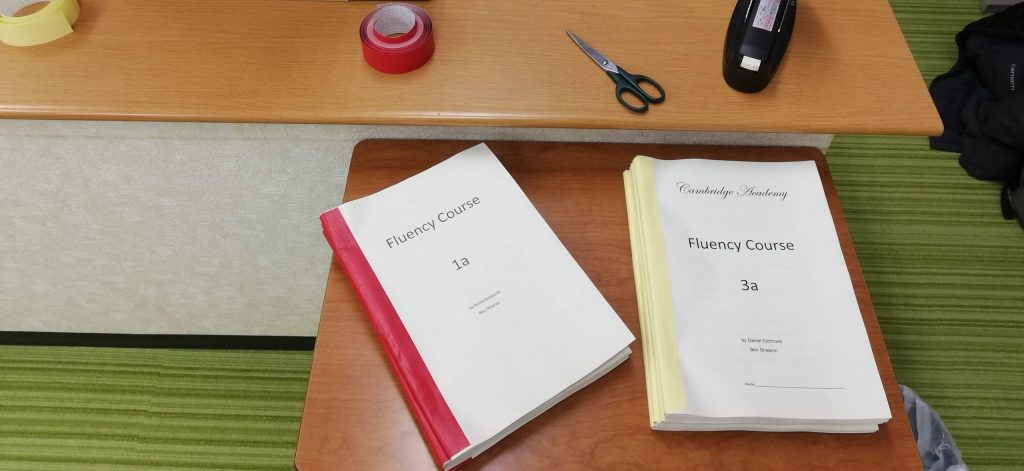
Getting ready for the new academic year, hopefully starting in April.
In the process of printing and editing the Fluency Course, we have happily stumbled onto a new iteration. The course is now fully modular.
We pulled everything out of the textbooks except the texts, so now we have a series of components that teachers can pick and choose from. The full course involves using all of them, of course, but it is now possible to use only the texts, for instance, or only the verbs/question cards/etc.
Right now the components look like this:
FLUENCY COURSE LEVEL 1
- Texts 1a -60 texts with comprehension questions divided into 24 units. Text length starts at 45 words at the start of the course and increases to 80 words by the end. Every fourth unit has a single, triple length text instead of the usual three texts per unit.
- Texts 2b -60 texts with comprehension questions divided into 24 units. Text length starts at 80 words at the start of the course and increases to 100 words by the end. Every fourth unit has a single, triple length text instead of the usual three texts per unit.
- Workbook 1 -writing practice of 240 questions and answers that match the conversation question cards.
- Verb practice 1 -48 verbs for oral practice with a written exercise.
- Vocabulary practice 1 -48 vocab quizzes based on the Quizlet and text vocab.
- Conversation question cards 1 -240 questions on index cards with model answers. For students to practice in pairs.
- Reference sheets 1 -vocabulary and questions with Japanese translations for each unit.
- Quizlet data sets -48, one for each unit of the text, including vocabulary and questions.
Levels 2 and 3 are also evolving in similar ways.
I think the most interesting components for most teachers will be the texts. This volume of texts at similar levels is difficult to find in existing commercial textbooks, particularly in ones aimed at Japanese students.
A close second will be the conversation question cards and accompanying workbook, and maybe the verb practice.
We will end up selling some of these, most likely the texts and workbooks, and giving away many of the others as digital downloads for teachers to print. It all seems to be coming together 🙂
Academy curriculum JHS junior high school language courses materials publishing textbooks
by sendaiben
leave a comment
Fluency Course Evolution

Kaizen, kaizen, kaizen
Another month, another evolution in the Fluency Course. We’ve been playing with professional printing and design, and in the course of that have figured out that we probably need to change some of the components of the Fluency Course.
We started out with monthly texts for the students, which worked well but were time-consuming to print and somewhat fiddly.
Then we moved to 4-month texts, which worked well as the content for years 1 and 2 levels up every four months.
However, once we take printing costs and possible end uses into account, it seems to make sense to split each year of the course into two 24-unit volumes.
Not only will this reduce the cost of printing considerably, it will also allow some schools to use a single volume with their students, working at a slower pace or maybe splitting each unit over two weeks.
They could also use 1A with first years and 1B with second years, for instance, or any other combination they like.
After this change, the components of the Fluency Course are as follows:
Fluency Course Level 1
Printed materials:
Text 1A -24 units, approximately 220 pages
Text 1B -24 units, approximately 220 pages
Workbook 1 -48 units, approximately 110 pages
Free downloads/printables:
Teacher manual
Quizlet files (48 units)
Audio files* (120 texts)
Student record sheets (12 monthly)
Student reference sheets (12 monthly)
Conversation cards (240 index cards -one set needed per 2 students)
*audio files not yet available
We should have some prototypes of the professionally printed materials by the end of this month. Exciting stuff!